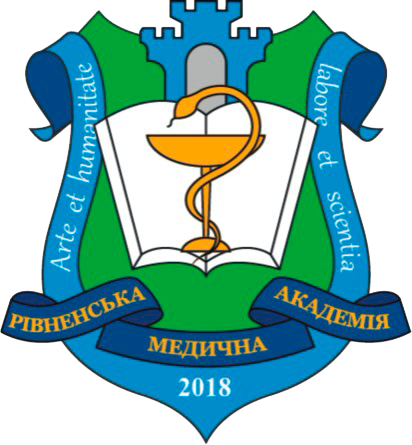BLOOD SUPPLING THE TESTICLES IN FERTILE PERIOD OF HUMAN’S LIFE
DOI:
https://doi.org/10.32782/health-2023.2.14Keywords:
testicle, fertile period, sexual maturity, testicular artery, 17-ketosteroids.Abstract
In work, the sources of blood supply to the testicle on the way to its moving from the abdominal cavity to the scrotum during the fertile period of a person were investigated. A comparative anatomical assessment of the blood supply to the testicles of some mammals in different periods of their sexual development is also provided. The functional disorders in the human endocrine system at the stages of puberty after the determination of blood hormones were described. On the basis of morphological studies carried out on fetus, variants of the departure of the testicular artery and percentage variants of branching of this artery on the trunk were established. As a result of the study, the largest increase in the diameter of the testicular artery up to 0.7 mm was determined from the 5th to the 7th month of the fertile period of a human’s life, as the variability of the angle of departure of the testicular arteria from the main vessel. Options for branching the testicular artery into distributive and mixed groups are also proposed. The detailed morphological study of the intra-organ bed of the testicle, as a tubular organ, as well as the vessels that blood to the organs surrounding the testicles: epididymes, vas deferens, provides results of the work. In the work, the effect of ligation vessels of the testicle, epididimes and vas deferens on the structure and function of the organs that provide blood supply, the author also investigated. In the course of the experiment, it was proven that cutting the testicular arteries in not sexually immature animals lends to greater destruction of the seminiferous tubules than their ligation in sexually mature animals. As a result of the experiment, the author proposed practical recommendations for operations on the testicles. In particular, to determine of the sectional level of the main feeding vessel responsibility to variants and groups of branching testicular arteries.
References
Golovatskyi A.S. Human anatomy. Kyiv : Ukraine. 542 s.
Alyaev Y.G., Lokshin K.L. Doppler evaluation blood suppling of prostate gland hyperplasia. Urology. 2001. No 1. P. 10–14.
Barannyk S.I., Panikova T.M., Barannyk T.L., Chabanenko H.M., Shevtsov V.M. Rebuilding of blood supply to the testicle after surgical treatment of inguinal hernias. Ukrainian scientific and practical journal of urologists, andrologists and nephrologists. 2020. No. 2. P. 75–79.
Gritsuliak V.V., Gritsuliak V.V., Spaska A.M. Features of blood suppling and parenchyma the human testicles in normal state. Bulletin of Prykarpat University. 2007. No. 6. P. 159–164.
Pogopily V.V., Maksimenko E.V., Pautskic V.A. Anatomo-physiological features blood suppling of testicules in normal and pathological states. Bulletin of Vinnytsa State Medical University. 2001. No. 2. Р. 588–590.
Sharapova O.M., Rudenko T.P. Features of the topographical anatomy of the fetal testicular artery. Bulletin of Ivano- Frankivsk Medical University. 2020. No. 3. Р. 19–22.





